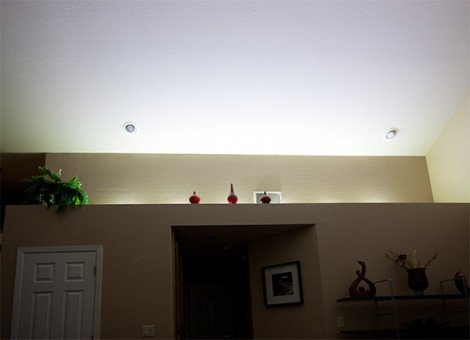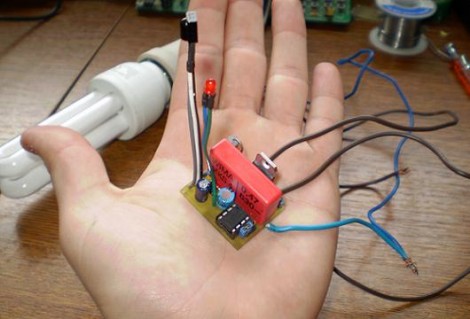
Way back in March [Ch00f] took on a for-hire project to make a suit that lights up to the music. He decided to build something based around a pulsating EL panel. He’s put a lot of time and tried of a few different techniques, but he finally has a working EL panel dimmer.
This is a saga we’ve kept our eye on. The fall seems to have been good to him, after a failure using TRIACS he managed to adjust the brightness of some EL wire by messing with the current going to the driver’s oscillator. Standing on the shoulders of that success he designed the board seen above by getting serious about audio signal processing. There’s a microphone on the board which picks up sound which is then processed into a signal responsible for the brightness of the EL panel.
There’s a demo video after the break, but you’ll want to dig into his article to get all the gritty details.
Continue reading “Months Of Failure Lead Up To This EL Panel Dimmer That Pulses To The Music”

















